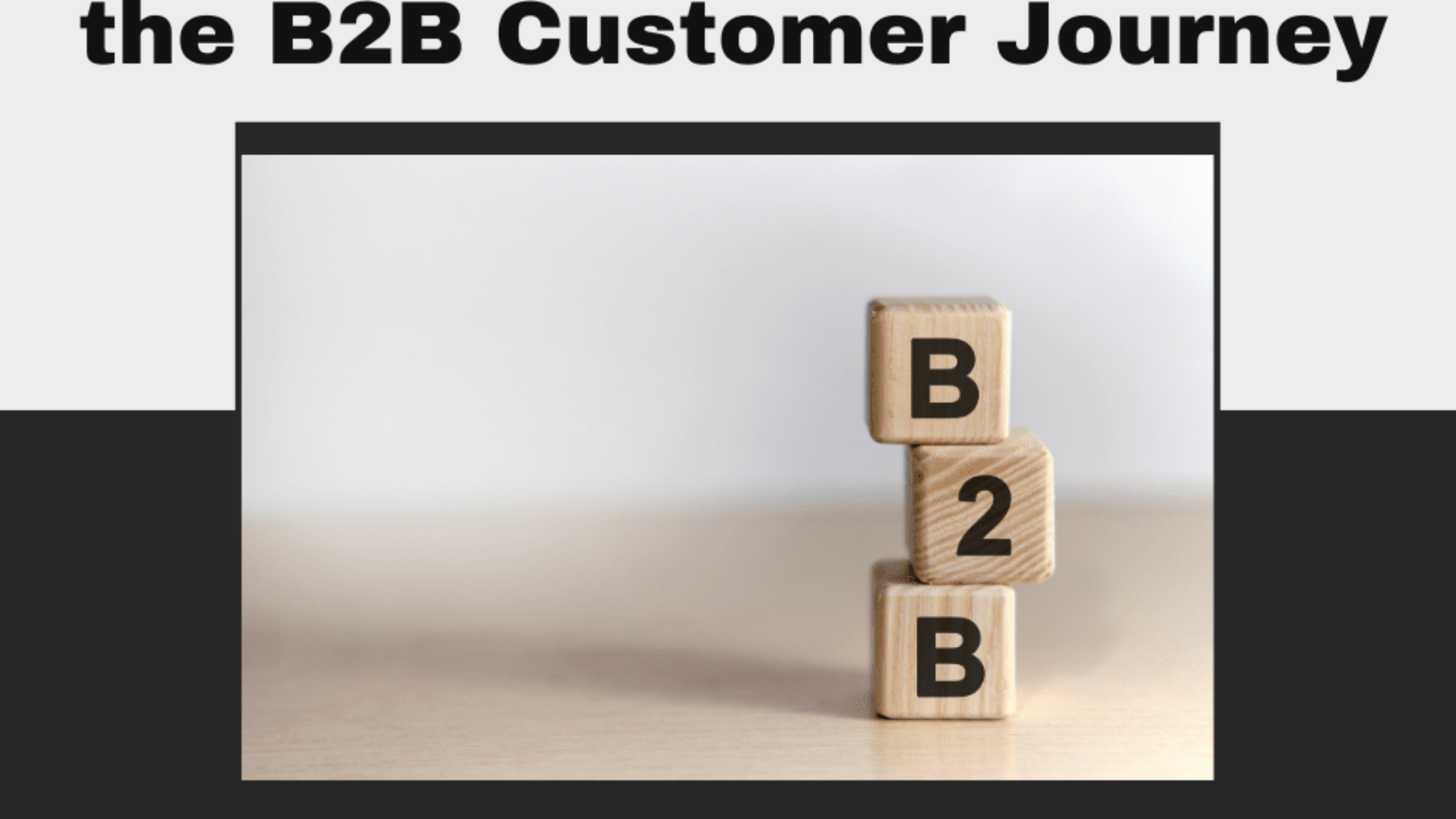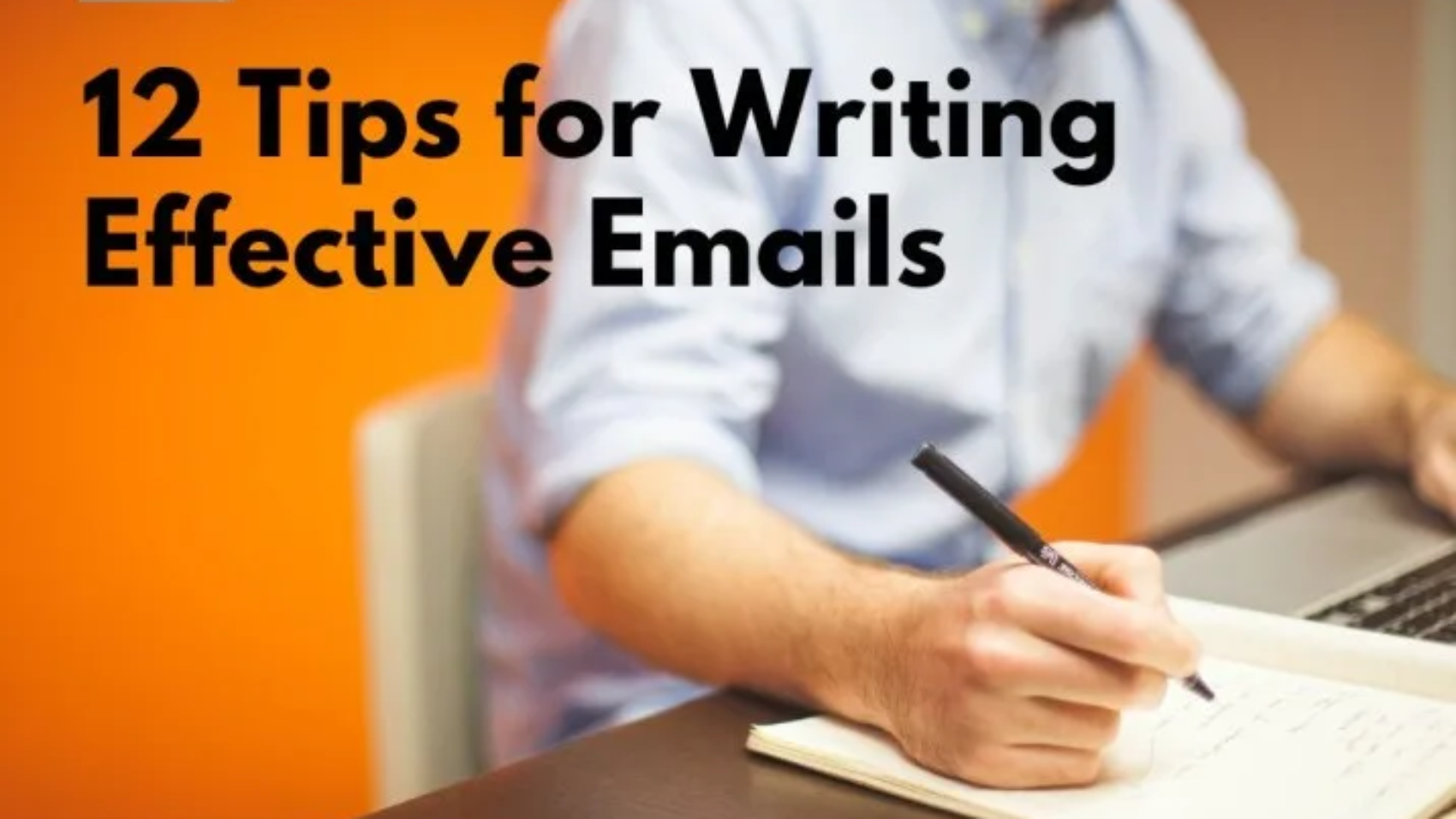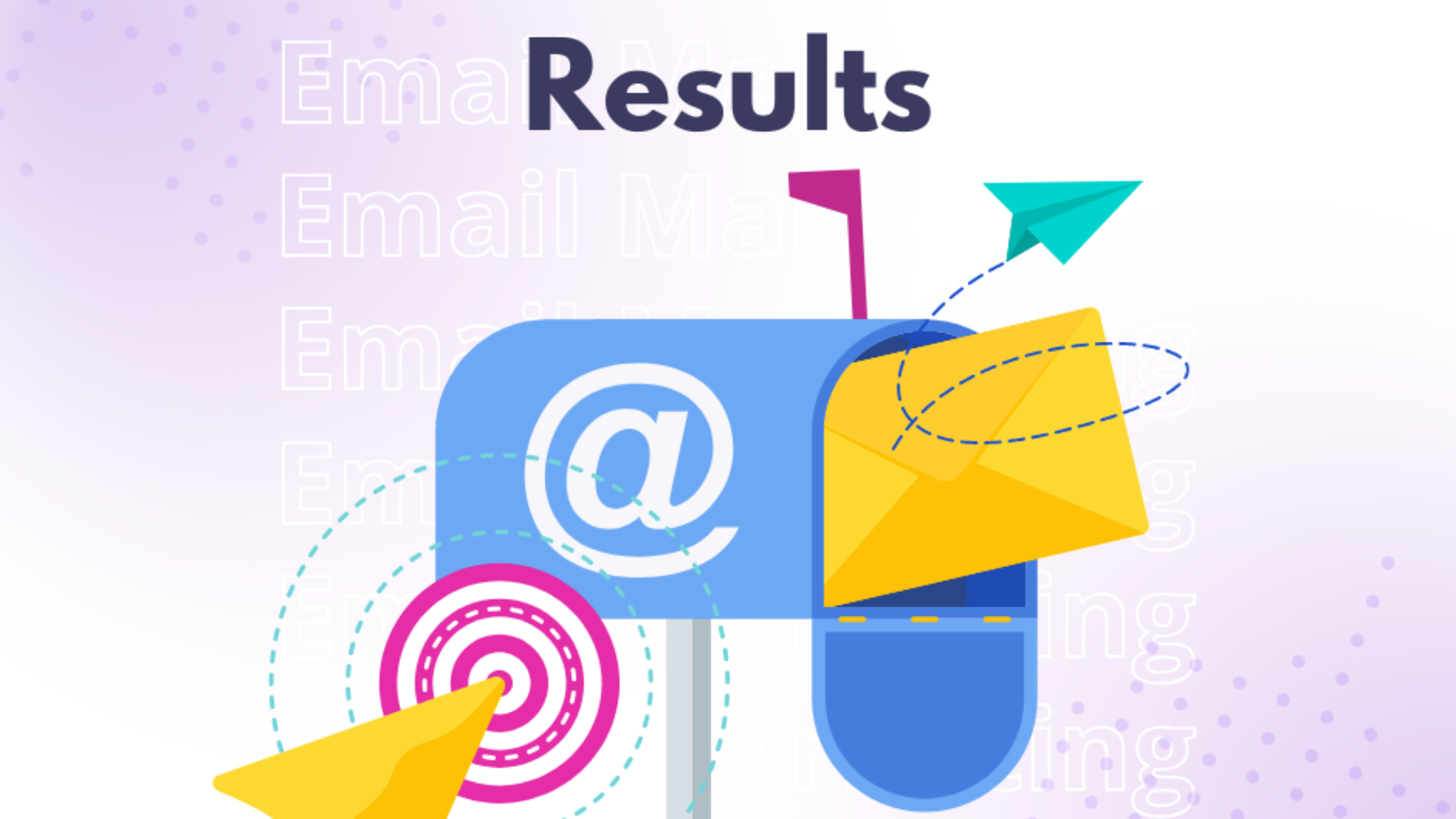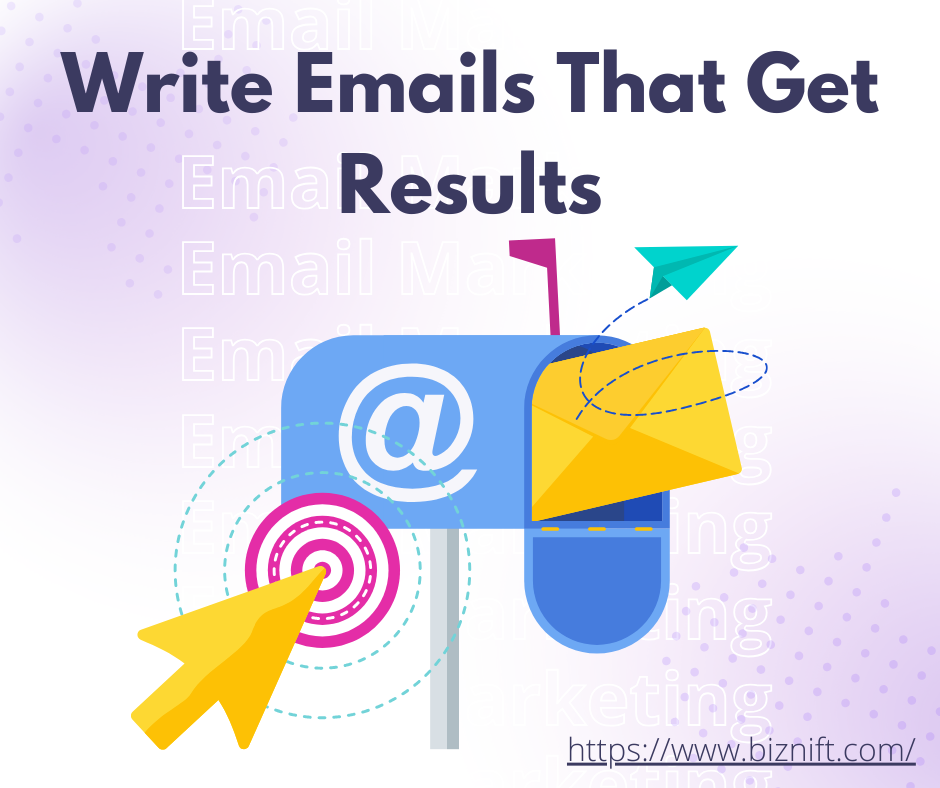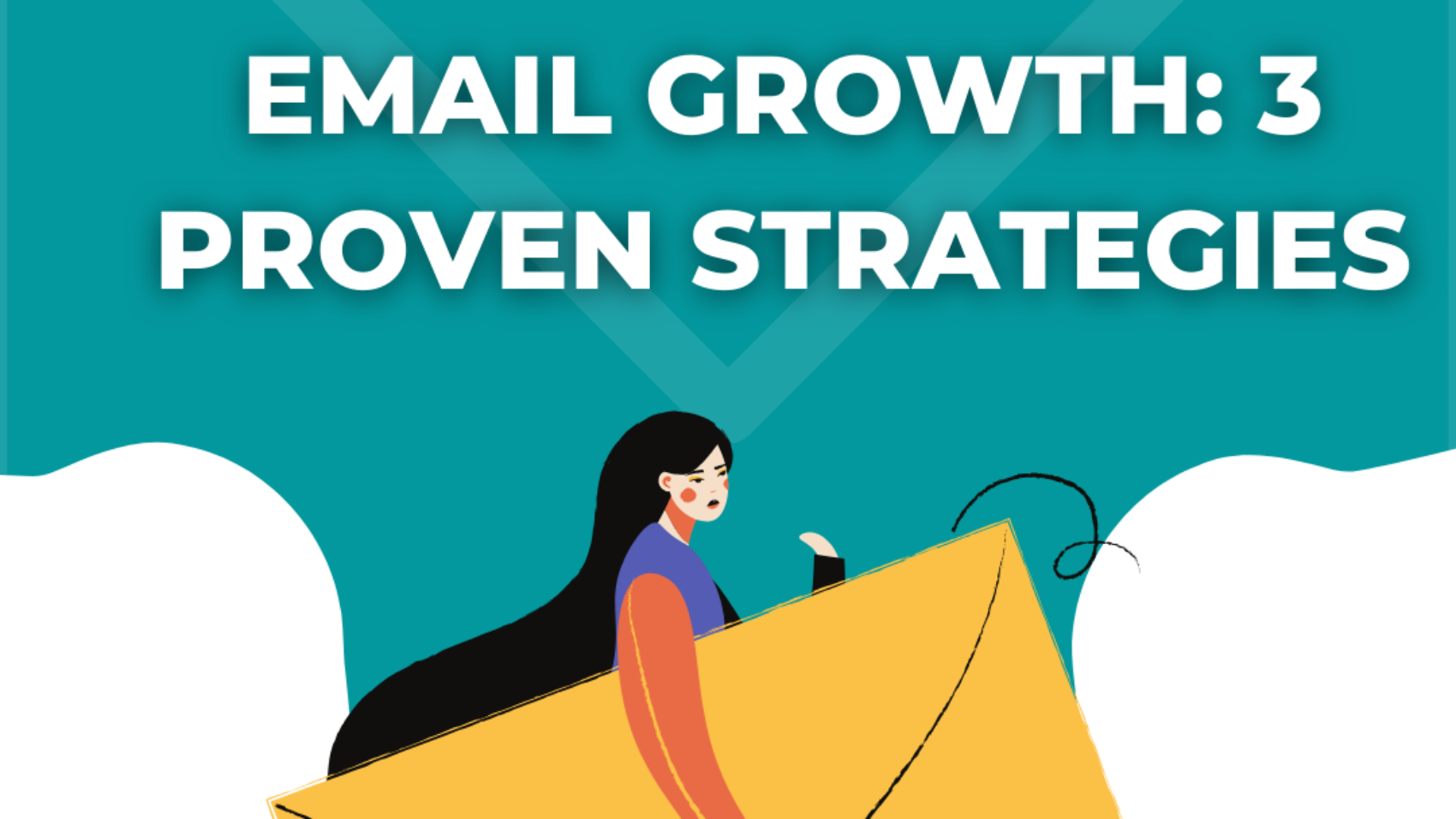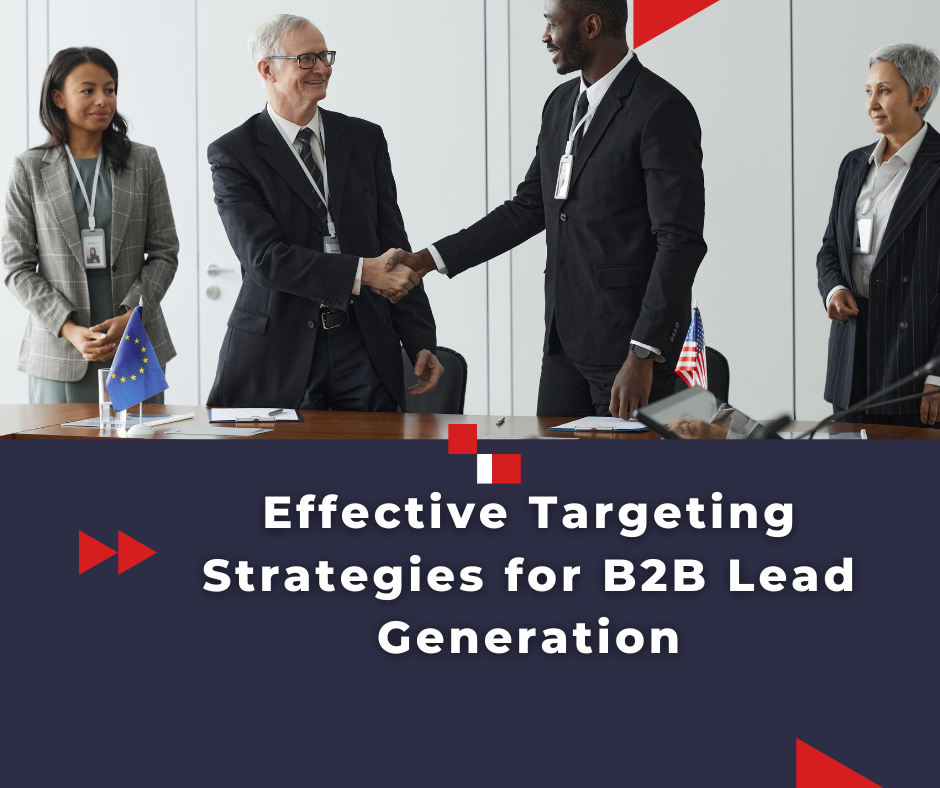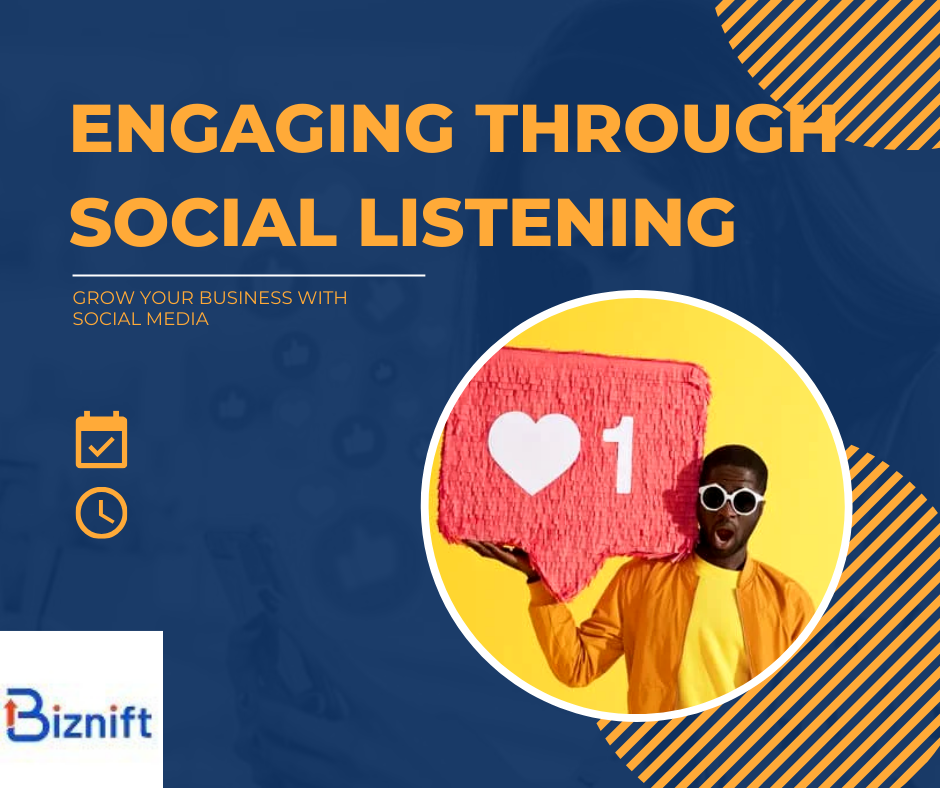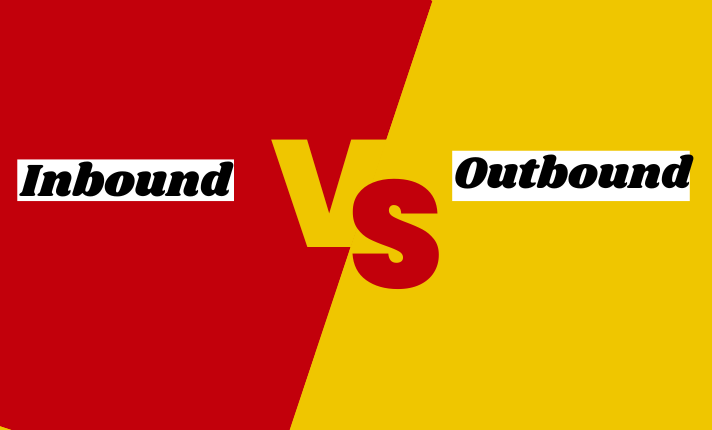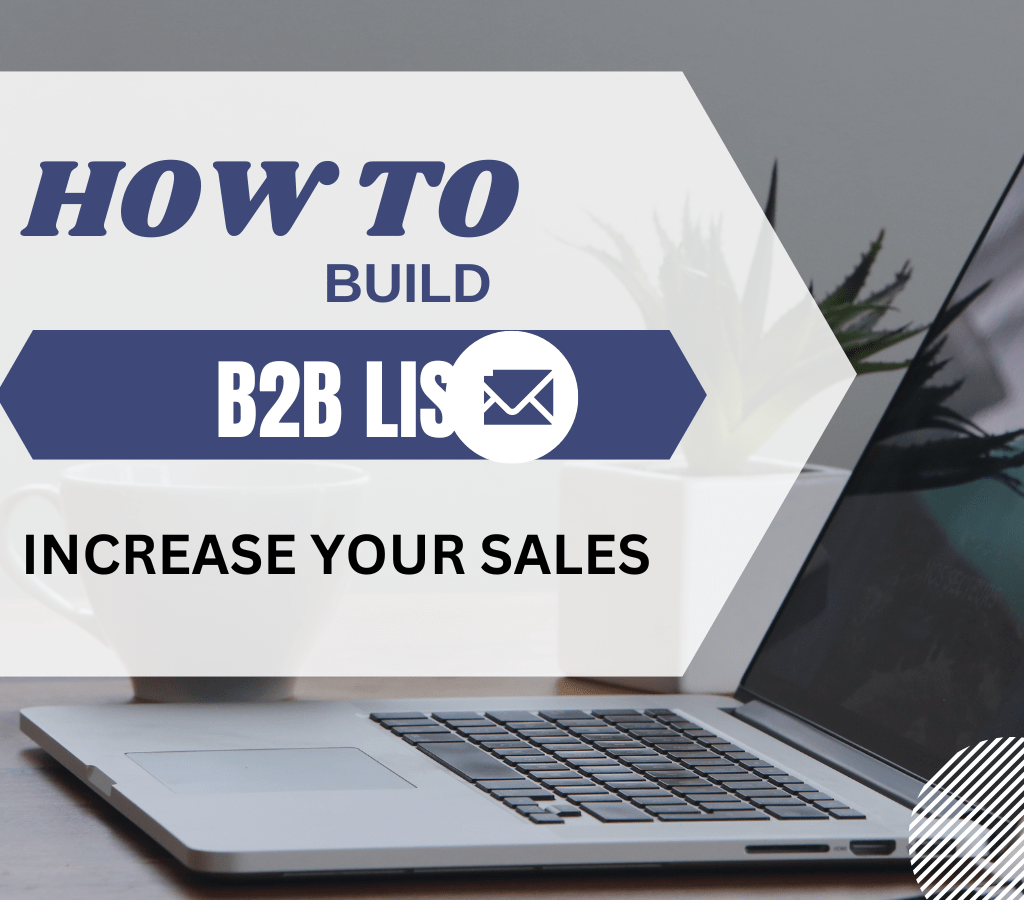Navigating the journey from initial awareness to acquiring a new customer in the B2B world is a complex, multifaceted process. Unlike a B2C journey, the B2B buyer embarks on a series of interactions that sometimes follow a logical order. The buying journey is more like an open-world adventure than a single, well-trodden path. Each step requires unraveling layers of interaction and engagement to influence and build meaningful connections for optimal conversion success.
What is the B2B Customer Journey?
In the B2B realm, the business-to-business customer journey involves a detailed process where individuals within organizations navigate through purchasing products and services. Unlike B2C, where business-to-consumer interactions are more straightforward, B2B businesses must consider the B2B marketing landscape, which differs significantly from business-to-consumer markets. While B2C focuses on consumers buying products and services for private usage, the B2B process caters to businesses purchasing for operational needs, highlighting similarities and differences in buying behaviors and expectations.
Related: B2B Lead Generation Services
Understanding Your B2B Customer Journey
To get a clear picture of the B2B customer user journey, businesses must understand and improve the customer experience. Identifying needs and pain points at each stage helps create an integrated experience for your target audience. To optimize your marketing and sales strategies, focus on the channels and touchpoints with which potential customers interact. You can execute strategies effectively by mapping the journey and crafting tailored marketing and sales plans. This approach enhances customer satisfaction and retention, significantly increases customer loyalty, and ensures a positive customer experience throughout their engagement with your business.
A Comprehensive Guide to the B2B Customer Journey
Gaining insight into the B2B customer experience is essential for any company trying to increase conversion rates and engagement. This entire process begins at the initial awareness stage, continues through the final purchase decision, and even into the post-purchase stage. While specifics may vary across industries and organizations, the traditional B2B journey often follows a similar path. During the initial awareness stage, potential B2B customers identify a need or problem and research solutions. They might use online resources, search engines, industry publications, and peer recommendations for information. As they enter the consideration stage, prospects compare various solutions and options, assessing which best meets their needs. The evaluation stage involves prospects engaging with sales representatives to narrow their choices and make a decision. Finally, in the post-decision stage, buyers focus on product or service satisfaction, navigating the non-linear customer journey with multiple touchpoints and stages.
The Typical B2B Customer Journey Stages
The B2B customer journey can be segmented into several stages:
- Awareness is where potential B2B customers identify their needs.
- Consideration, where they compare solutions.
- Evaluation involving direct company interaction.
- Post-purchase, focusing on customer satisfaction and retention.
Each stage involves different touchpoints, from online research and peer recommendations to sales calls and product demos. Businesses must understand these touchpoints to create a cohesive and effective marketing strategy that guides prospects smoothly through the buyer’s journey, ensuring successful conversions and fostering long-term relationships.
Account-Based Marketing (ABM)
Account-Based Marketing (ABM) represents a strategic shift from the traditional marketing funnel. Unlike the broad approach of generating leads, ABM focuses on high-value accounts. This strategic approach prioritizes larger-scale customer acquisition by creating personalized buying experiences for specific businesses. ABM strategies involve tailored content and messaging aimed at targeting specific accounts. Implementing ABM can be challenging but highly rewarding, as it often requires advancements in technology and data analytics to effectively target and engage the right accounts. By focusing on relationship-building and business growth, ABM has become an essential strategy for many B2B professionals, shifting from a lead-based funnel to an account-based funnel.
What Are B2B Marketing Touchpoints?
During the buyer’s journey, B2B touchpoints are the critical interaction points between a company and its prospective clients. These touchpoints present moments of opportunity to engage and influence potential clients, helping to build stronger relationships with the target audience. In the B2B context, these touchpoints include online interactions such as ad clicks, chatbot interactions, social media engagement, web page views, and offline interactions like conferences, events, and sales calls. Effective B2B marketers know that optimizing these touchpoints is necessary to develop a marketing plan that is both coherent and successful. Managing and enhancing these interactions can significantly guide the buyer’s journey, leading to successful conversions and long-term relationships. Whether through thank you letters, surveys, onboarding, upselling, or continued engagement on social media, each touchpoint is essential for keeping clients happy and generating social proof for attracting new ones. Aligning content across these touchpoints ensures businesses’ scalable, predictable revenue growth.
Understanding the B2B Sales Cycle
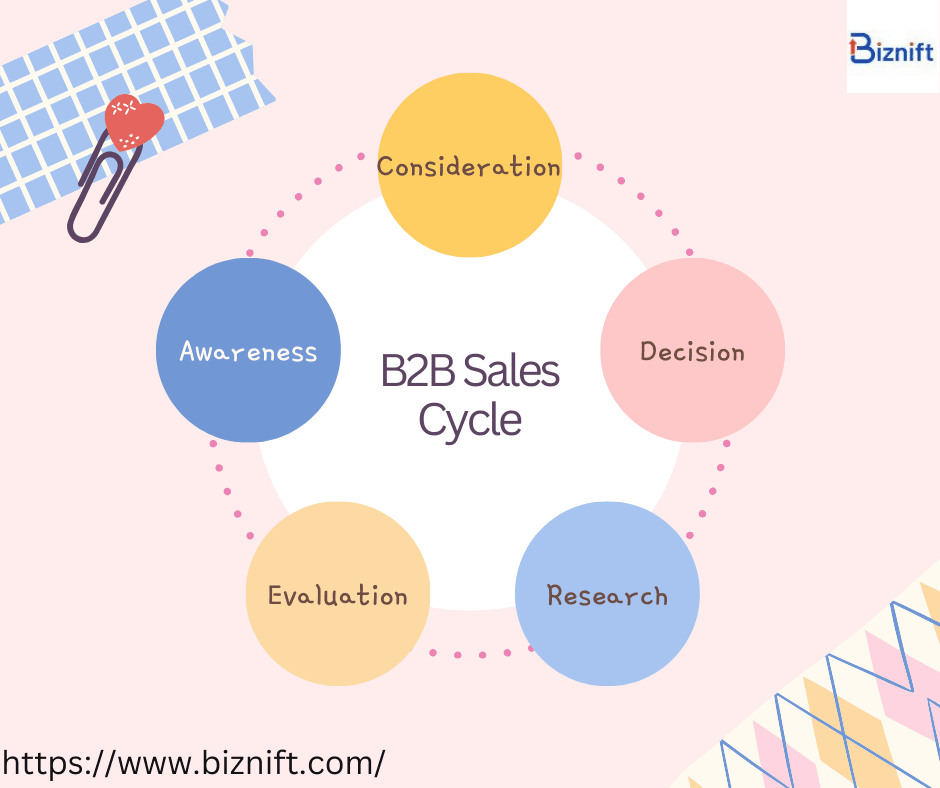
Navigating the B2B customer journey involves an intricate buyer’s journey encompassing stages like Awareness, Consideration, and Decision. According to Gartner, this journey can often seem complex and occurs largely behind the scenes. To keep your B2B customer journey touchpoints in the right direction, it’s crucial to precisely address the Problem Identification, Solution Exploration, and Requirements Building phases.
In the Awareness stage, 90% of buyers begin with independent research online, primarily using Google for paid and organic (SEO) search marketing. Getting the target audience to see your brand actively searching for information is essential. During this stage, potential customers need to understand their problem and explore potential solutions through engaging content. They might download a whitepaper or sign up for a webinar, which moves them into the Solution Exploration phase. Here, nurturing these leads through social media, reviews, and email sequences is crucial as multiple decision-makers are often involved. Providing valuable offers, retargeting ads, and new information helps make the case during the requirements-building phase.
When the buyers reach the Decision stage, they need detailed information to finalize their choice. To showcase their offerings, B2B technology companies can leverage product demos, free trials, and case studies. Virtual walkthroughs, side-by-side comparisons, and buyer’s guides help potential customers experience the solution and align their priorities with their leadership’s decision-making process. Through well-executed email sequences and sales enablement content, the sales team can ensure a seamless transition from lead nurturing to closing the deal, aided by marketing automation and lead scoring systems.
Keeping the B2B Customer Journey Moving in the Right Direction
To ensure the B2B customer journey stays on track, optimizing your website and using its data-driven insights to guide buyers through the various touchpoints is essential. Tracking website performance, even with private browsers and third-party cookie restrictions, allows for better engagement strategies. Offering value for value through whitepapers, webinars, and other content keeps buyers engaged.
Frequency, timing, and medium are critical in lead nurturing and sales prospecting. Businesses can maintain a seamless buyer experience by automating and streamlining these processes. Communicating frequently without overwhelming potential customers ensures they remain top-of-mind and encouraged to take the next step.
Utilizing an omnichannel approach ensures your B2B customer journey touchpoints are present across various platforms and channels. Maintaining an optimized profile on LinkedIn, Facebook, and review sites alongside your website, email, and other mediums is vital. Integrating SEO, Pay-per-click (PPC) ads, social media posts, video content, and webinars into your strategy helps create a cohesive journey. Additional touchpoints such as chatbots, live chat, video chat, troubleshooting guides, and FAQs ensure potential customers have all the resources they need at each journey stage.
Mapping Out the B2B Customer Journey
Effective mapping of the B2B customer journey begins with leveraging data analytics to understand your customers’ path. Businesses can identify and prioritize the most critical touchpoints by defining the General Outline from Awareness to Decision-making and Onboarding. Partnering with a B2B marketing agency like LAIRE can help systemize these priority touchpoints to build a strategy focused on increasing revenues and delivering delightful customer experiences.
Establishing best practices around each touchpoint ensures a smooth journey and avoids permanent damage from refunds or bad reviews. Setting B2B Marketing KPIs with SMART criteria helps measure, test, and optimize these touchpoints. Automation can refine the process by triggering appropriate content at the right frequency and timing, ensuring that marketing, sales, and service teams can efficiently close deals and scale the business. Businesses can achieve predictable and scalable growth through an effective inbound marketing strategy by continually testing, refining, and repeating these strategies.
Customer Journey Mapping in B2B Markets
Understanding how customers navigate their journey when interacting with organizations is a critical asset for businesses aiming to improve their customer experience. When businesses successfully map out this journey, they can identify key touchpoints where customers decide to buy products or services, significantly impacting overall business success. A well-mapped journey often becomes a focal point for businesses, encouraging customers to spend more, choose premium options, or even recommend their suppliers to others. This underscores the correlation between an exceptional customer journey and higher customer satisfaction. In contrast, a poor customer experience can lead to switching suppliers for a better experience and service.
Journey mapping helps organizations understand their customers’ experiences and highlights areas for improvement. It’s now commonplace among organizations striving to enhance their service offerings.
What is Customer Journey Mapping?
Customer journey mapping is an essential tool for understanding the current customer experience. It involves creating a map of all customer touchpoints and interactions with a supplier, allowing organizations to understand what delights or frustrates their clients. Organizations can effectively step into their customers’ shoes and see how various processes impact their emotions at each stage by developing a visual representation of these interactions. This understanding can drive loyalty, brand awareness, and interest in successful advertising, marketing, and PR activities.
Mapping out the journey involves considering everything from initial awareness and interest through sales reps, accounts teams, support services, and complaints handling. This detailed representation can show where customers might experience pain points or negative emotions, providing critical insights into moments of truth that can make or break the relationship. Organizations use these maps to populate data from various departments like sales, marketing, technical support, and HR, ensuring that all internal linkages are understood and optimized for better customer experiences.
The Customer Journey Mapping Process
Creating a customer journey map involves charting individual touchpoints and interactions unique to each business. The process starts when a customer becomes aware of the brand through a website or word-of-mouth and extends through service delivery to the exit or return stages. Each phase needs to be mapped in detail to understand the sales process, from upfront interactions to after-sales services. Identifying specific interactions and potential problems or pain points helps businesses see where to improve.
A well-constructed map is produced through the lens of internal processes, showing how a customer order is handled and delivered. This comprehensive mapping provides insights into the external customer experience and highlights internal processes needing adjustments to enhance overall customer satisfaction.
Creating the Customer Journey Map
To map out the customer journey effectively, start by understanding the industry and company operations and focusing on the assortment of goods and services provided. The starting point involves defining customer groups and segmenting their journey using various approaches. In a B2B context, this means considering factors such as firmographics, geography, and behaviors to segment and classify customers. Utilize data from different departments within the organization to capture a comprehensive view of touchpoints and responses throughout various stages of the journey.
Mapping involves visualizing interactions from awareness through to post-purchase stages. Internal exercises like using Post-it notes and flip charts can help teams brainstorm and document the journey from multiple perspectives. Emphasize touchpoints such as social media, trade publications, recommendations, and events, ensuring that every experience and interaction is accounted for and included in the mapping process.
Visualizing the Customer Journey Map
Designing a customer journey map that is both clear and complex is critical for its effectiveness. This involves visualizing data in a way that is easily understood by different departments. Utilize various design methods, from simple posters and booklets to interactive infographics and videos. Tools like Excel spreadsheets and digital outputs can make the data more actionable and relevant. Ensure teams and regions are engaged in the process, leveraging hybrid approaches to accommodate online and physical workspaces. This helps in improving the customer experience across all engagement points.
The Value of Customer Journey Mapping & Challenges in B2B Markets
Customer journey mapping is invaluable for adopting a customer-centric approach, placing the experience at the heart of the company’s operations. It overviews how customers interact with the business, focusing on the service and different departments’ perspectives. In B2B markets, where tendering and multi-site requirements add layers of complexity, mapping helps simplify complex journeys. By addressing choke points and delight factors, organizations can design an ideal experience. This process also includes feedback mechanisms to continually improve and adapt strategies for efficiency and impact.
Customer Journey Mapping Best Practices
Effective customer journey mapping involves using the tool to redesign the experience by focusing on organizational structures and processes. Begin by addressing gaps between the current and ideal states of the journey. Establish a clear objective and ensure alignment within the business through stakeholder workshops. Integrate interactive online whiteboards and customer interviews to gather insights and validate findings. Use these insights to create actionable outputs such as posters, booklets, and videos that guide improvements and support strategic actions.
Maximizing the B2B Customer Journey with Effective Strategies
To maximize the B2B customer journey:
- B2B customer journey, prioritize grasping customer needs, identifying pain points, and clarifying their goals.
- Tailor marketing and sales efforts to address these aspects through personalized and omnichannel experiences.
- Ensure that content across channels like websites, social media, and email is aligned and effectively engages customers.
- Implement strategies that enhance awareness of content SEO and provide valuable information throughout the purchasing process.
Businesses can foster relationships and drive loyalty by addressing queries and offering expertise.
Related: Ultimate Guide to Effective B2B Lead Targeting
Evaluating the Effectiveness of B2B Customer Journey Strategies
Focus on measuring and optimizing key metrics to assess the effect:
- Focus on your B2B customer journey strategies.
- Rack indicators such as website traffic, conversion rates, and lead quality to identify areas for improvement.
- Analyze the sales pipeline, cycle length, and customer lifetime value (CLV) to gauge the success of your strategies.
Use this data to optimize landing pages and calls to action, ensuring that business processes are continuously refined for better performance and teamwork.

